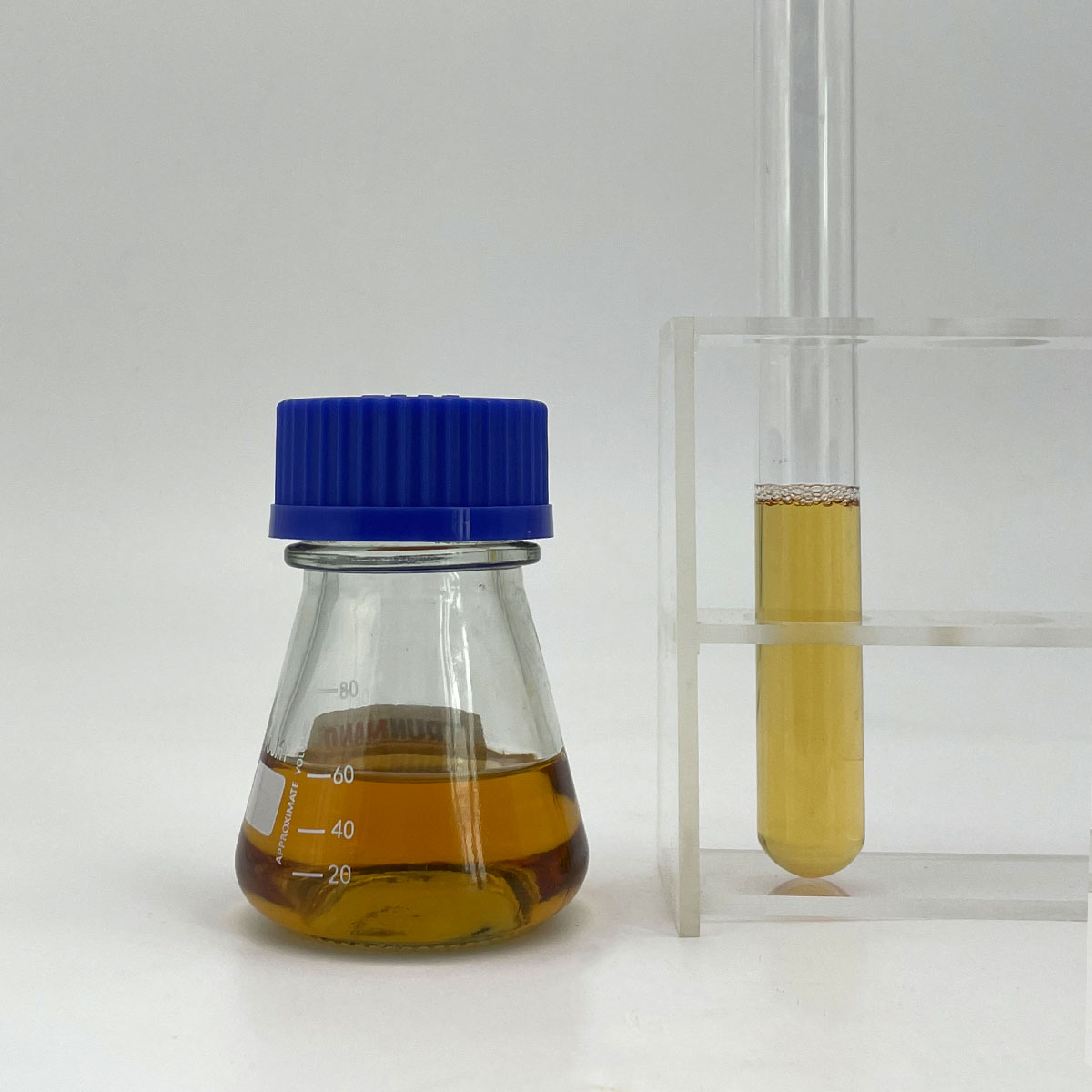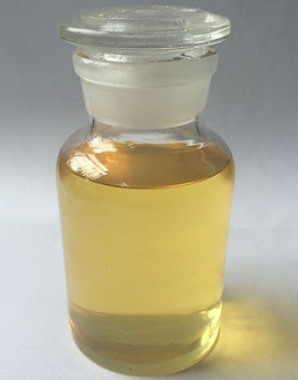The Magic Behind Sudsy Secrets: Surfactants Unveiled
(What Is Surfactants)
Ever wonder why soap bubbles dance on water or shampoo turns hair silky? The answer lies in tiny molecules called surfactants. These unsung heroes work behind the scenes in countless products, from laundry detergents to face creams. Let’s pull back the curtain on these molecular multitaskers.
Surfactants get their name from *surface-active agents*. They love hanging out at the boundary between liquids, like oil and water. Picture a party where oil and water refuse to mix. Surfactants step in as peacemakers. One end of their structure is water-loving (hydrophilic). The other end is oil-loving (hydrophobic). This split personality lets them bridge the gap between substances that normally clash.
Take dish soap. Grease sticks stubbornly to plates. Water alone can’t budge it. Add surfactants, and the hydrophobic tails latch onto grease. The hydrophilic heads face the water. This creates tiny packages of grease trapped in bubbles called micelles. Rinse the plate, and the grease washes away. No scrubbing required.
Surfactants don’t just clean. They stabilize, soften, and spread. In lotion, they stop oil and water from separating. In paint, they help pigments glide smoothly onto walls. Even your lungs rely on surfactants. A layer of these molecules coats air sacs, making breathing easier by reducing surface tension.
Not all surfactants are the same. They come in four types: anionic, cationic, nonionic, and amphoteric. Anionic surfactants, like those in shampoo, carry a negative charge. They foam richly and lift dirt. Cationic ones, positive-charged, cling to hair or fabric. They’re common in fabric softeners. Nonionic surfactants, neutral and gentle, shine in products for sensitive skin. Amphoteric surfactants switch charges based on pH. They balance formulas like baby shampoos.
The planet pays a price for their power. Some surfactants resist breaking down, harming aquatic life. Phosphates in old detergents caused algae blooms in lakes. Today, greener alternatives emerge. Plant-based surfactants from coconut or corn gain traction. They clean effectively and biodegrade faster.
Surfactants also spark innovation. Scientists tweak their structures for specific jobs. In medicine, they help drugs dissolve better. In oil spills, they break up slicks into droplets microbes can digest. Even firefighting foams rely on surfactants to smother flames faster.
Yet surfactants aren’t flawless. Overuse in products can strip natural oils from skin or hair. Harsh formulas leave hands dry or scalps itchy. Brands now blend surfactants with moisturizers or pair strong cleansers with mild ones. The goal? Effective yet gentle results.
(What Is Surfactants)
Next time you wash hands or blow bubbles, remember the tiny diplomats making it possible. Surfactants turn chaos into cooperation, one molecule at a time. They’re proof that even in chemistry, opposites don’t just attract—they team up to get things done.
Inquiry us
if you want to want to know more, please feel free to contact us. (nanotrun@yahoo.com)




